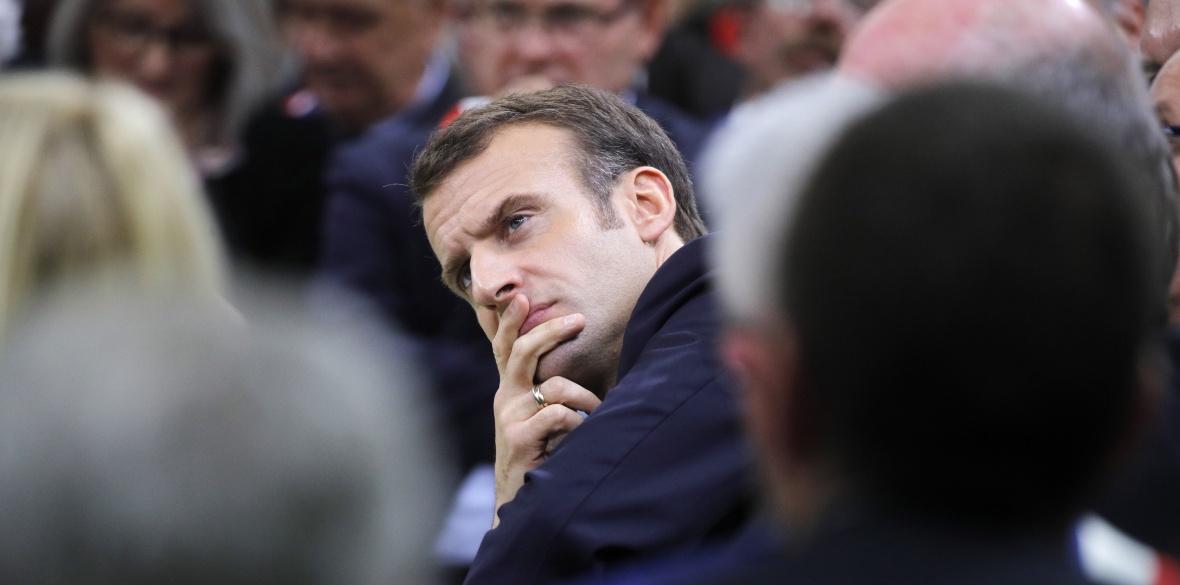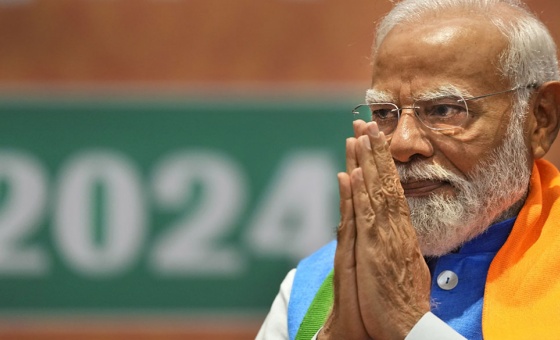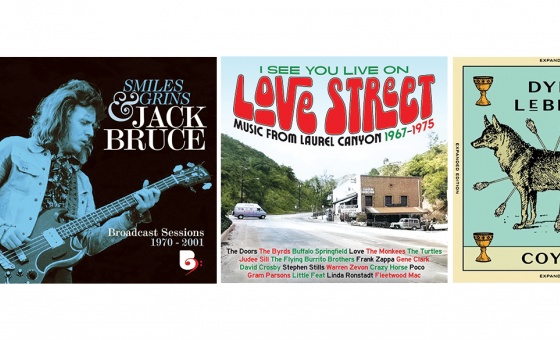This is the last article you can read this month
You can read more article this month
You can read more articles this month
Sorry your limit is up for this month
Reset on:
Please help support the Morning Star by subscribing here
THE protests by the French “gilets jaunes” have not gone away as no doubt President Macron hoped they would over the Christmas break.
There were significant numbers out on the first two Saturdays of 2019 although British media coverage of the “yellow jackets” over here now focuses more on very small groups of fascists who parade around wearing them. One small group attacking an RMT picket line at Manchester Victoria station, while others clearly identified with far-right and fascist politics have been harassing all and sundry in Parliament Square and tried and failed to attack the People’s Assembly march on January 12.
The “gilets jaunes” are politically mixed certainly but very much tied up with protests about President Macron’s neoliberal policies and their impact on the less well-off members of French society.
Before Christmas, Macron addressed the issue of the protests sitting at his gold-topped desk which rather underlined the point the protesters were making about the gap between rich and poor.
With 2019 upon us the president recently sounded off again about the “gilet jaunes.” According to the Financial Times Macron “called out those who ‘take the pretext of speaking in the name of the people . . . [but] are only the mouthpieces of a hateful crowd’.”
The word he used in French was “foule” which while it seems to translate to “crowd” in the English, I’m assured by those who have a much better grasp of French usage than myself was used as an insult by the president.
The usage is important because historically there is a world of difference between using the term “mob” — which I suspect is what Macron is on about — and describing the same gathering as a crowd.
Edmund Burke commenting on the French Revolution saw only a “mob.” Later historians have taken a different view. George Rude, probably the leading historian of crowds, used the term deliberately to cover a broadly progressive gathering of people. E P Thompson was slightly less sure detecting in some crowds, for example the Bristol Riot of 1831, elements of behaviour such as book burning which would have been better attributed to a reactionary mob.
The point is that while a mob is thought to behave irrationally, a crowd is usually understood to have gathered for a purpose.
In 18th century England, what many in the ruling orders certainly regarded as mobs often came together to protest about the quality or price of bread and demand changes for example. Yet these protests were organised and far from irrational.
However the crowd takes the stage of history when mass democratic politics, trade unions and political parties with individual membership appear. We can date this in Britain to around the time of Peterloo, one reason why the authorities were so concerned about the protesters for the vote who gathered in Manchester on August 16 1819. They sensed this was a new form of crowd protest, organised and disciplined but struggled to grasp how to relate it. On that occasion it was with violence.
Crowd protests in the 21st century usually rely on weight of numbers to make their point peacefully but that doesn’t mean that there is not what the US sociologist Charles Tilly called a repertoire of protest. So, while some of the protests of the “gilets jaunes” have included setting fire to cars, that doesn’t make them a “mob.” Rather it reflects a variant on peaceful protest where property is targeted but not people.
One thing is for certain. While discussion about Brexit remains focused on Parliament the “noises off” of the crowd remain essential to effect real change.
Keith Flett is a socialist historian.











